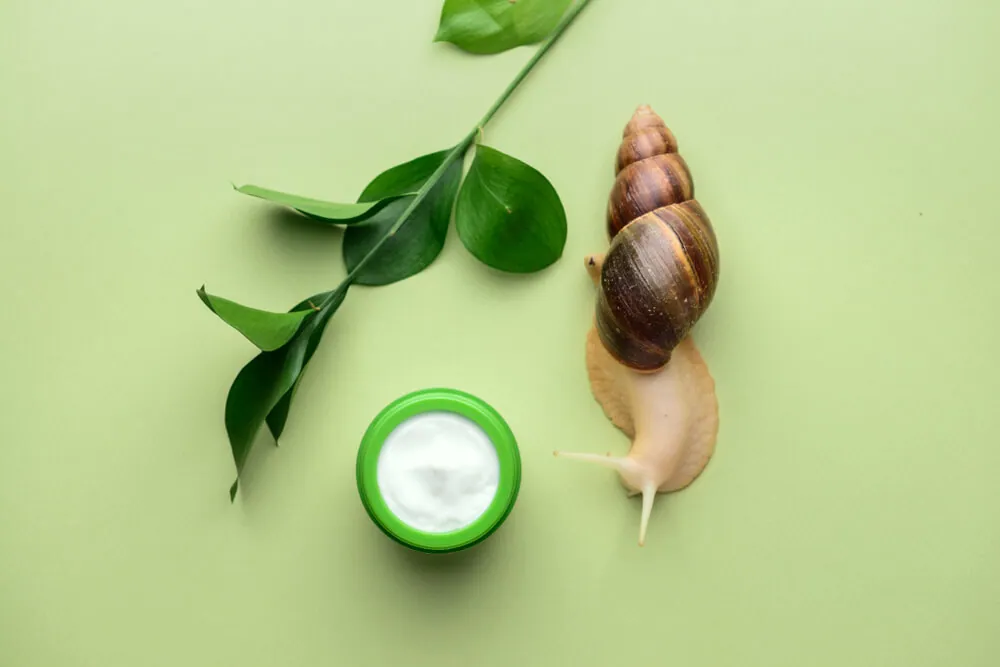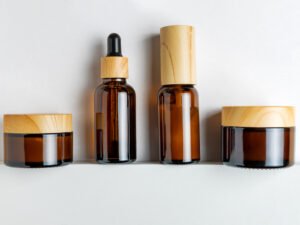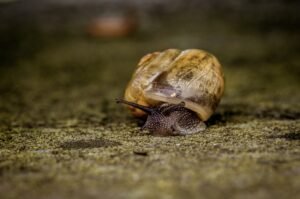When it comes to discussing snails and their properties, we often hear terms like secretion, mucin, and mucus. However, it can be challenging to understand the difference between them. In this article, we will define each term and explore the differences between them, focusing specifically on snail secretion, mucin, and mucus.
What is snail secretion?
Snail secretion is a substance produced by snails to protect their skin and shell. The secretion contains various nutrients and bioactive compounds that have been found to be beneficial for human skin and hair.
Snail secretion is used in many cosmetic and skincare products due to its moisturizing, regenerative, and anti-inflammatory properties.
How is mucin different from snail secretion?
Mucin is a glycoprotein that is found in the mucus of various animals, including humans and snails. It is a lubricating and protective substance that helps to keep the mucous membranes moist and healthy.
Mucin is also found in many cosmetic and skincare products, where it is used for its moisturizing and skin-soothing properties.
While snail secretion and mucin share some similarities, they are not the same thing. Snail secretion is produced by snails to protect their skin and shell, while mucin is produced by animals to protect their mucous membranes.
Snail secretion contains a higher concentration of nutrients and bioactive compounds than mucin, which makes it more effective in promoting skin and hair health.
What is snail mucus made of?
Snail mucus is a type of slime that is produced by snails to help them move more easily over surfaces. The mucus is made up of a variety of substances, including water, glycoproteins, hyaluronic acid, and glycolic acid.
Glycoproteins are proteins that have been modified with carbohydrates, and they are found in high concentrations in snail mucus. These glycoproteins help to moisturize the skin and protect it from damage.
Hyaluronic acid is also found in snail mucus, and it is a powerful moisturizer that can hold up to 1000 times its weight in water. Glycolic acid is an alpha-hydroxy acid that can help to exfoliate the skin and promote cell turnover, which can lead to a brighter and more even complexion.
In addition to these substances, snail mucus also contains enzymes and antioxidants that can help to repair damaged skin and protect it from further damage. Some of the enzymes found in snail mucus can help to stimulate collagen production, which can lead to firmer and more elastic skin.
What type of snails are used to collect snail secretion?
Helix Aspersa snails, also known as common garden snails, are a type of land snail that can be found in many regions of the world. These snails are known for their distinctive spiral shells and their ability to produce a unique secretion that has been used in a variety of skincare products.
The snails themselves have a soft, slimy body that is protected by the shell. They have two pairs of tentacles, with the upper pair being longer and used for sensing their environment. Helix Aspersa snails are hermaphrodites, meaning that they have both male and female reproductive organs.
How is snail secretion filtrate processed?
The process of snail secretion filtrate is not a quick or easy one. The snails must be carefully harvested, and their slime must be collected and filtered to obtain the desired secretion. This process can take several days and requires a lot of attention to detail.
What time of the year can snail secretion be collected and processed?
The best time of year to collect snails for their secretion is during the warmer months. This is because snails are more active and produce more slime during this time. In contrast, during colder months, snails tend to hibernate, producing less slime and making them less suitable for harvesting.
Therefore, companies must plan their production schedule accordingly to ensure they have an adequate supply of snail secretion filtrate.
Fortunately, areas like the coasts of Peru – and especially those of Lima – have areas with warm climates all year round. To this is added, the humid conditions that help the Helix Aspersa snails to feed and reproduce throughout the year.
In summary, while snail secretion, mucin, and mucus are all substances produced by snails, they are not the same thing. Snail secretion is a substance produced by snails to protect their skin and shell, and it contains a high concentration of nutrients and bioactive compounds that can be beneficial for human skin and hair.
Mucin, on the other hand, is a glycoprotein that is found in the mucus of various animals, including humans and snails. It is a lubricating and protective substance that helps to keep the mucous membranes moist and healthy.
Snail mucus is a type of slime that is produced by snails to help them move more easily over surfaces, and it contains a variety of substances, including glycoproteins, hyaluronic acid, and glycolic acid.
Sources:
https://www.ncbi.nlm.nih.gov/pmc/articles/PMC8542881/









